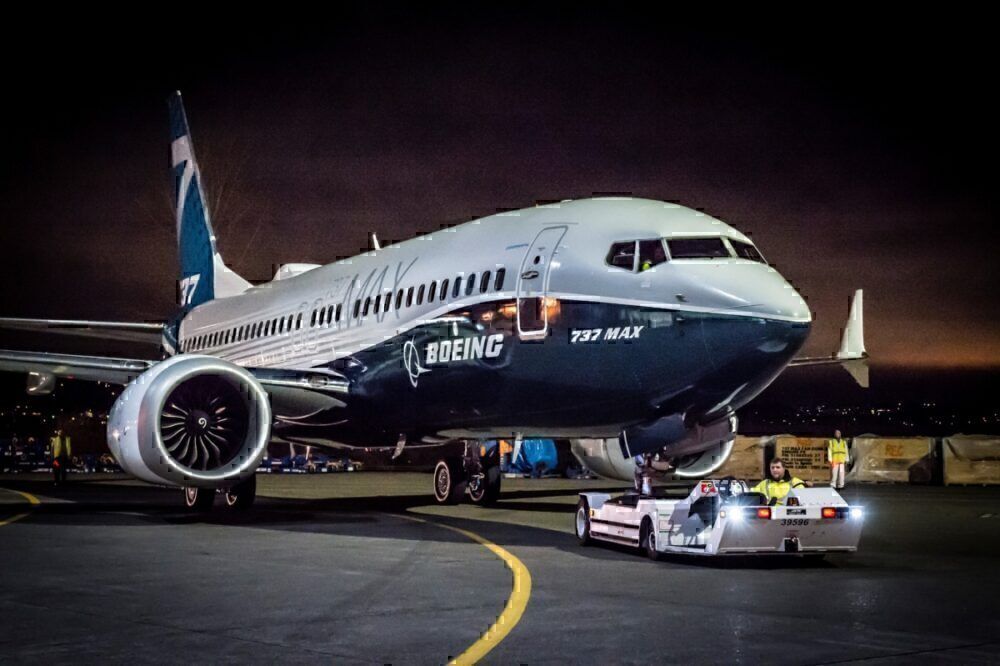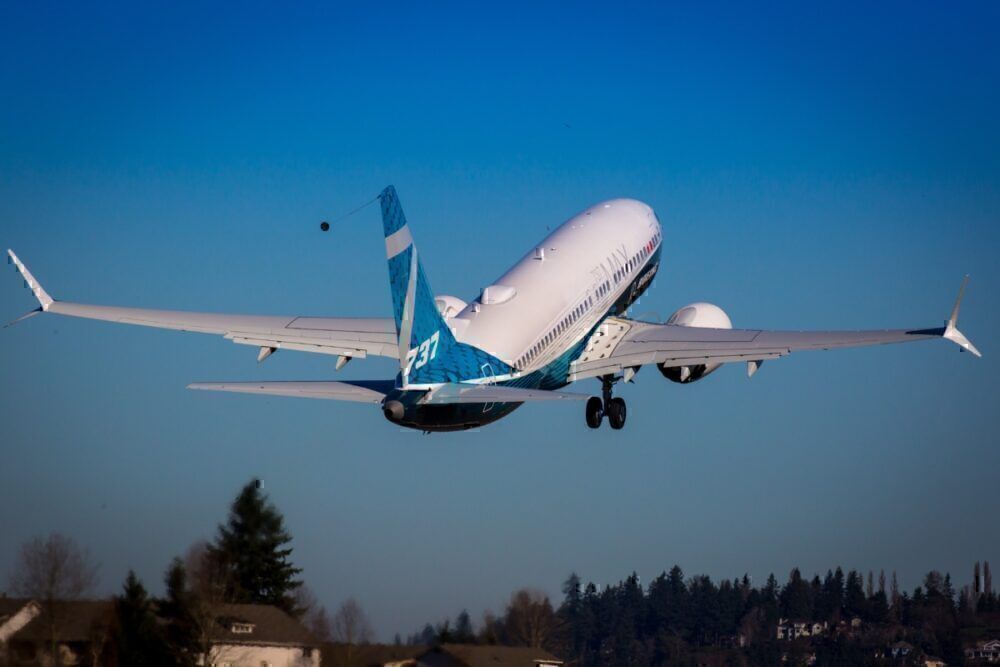The Federal Aviation Administration (FAA) proposed a new Airworthiness Directive yesterday that targets Boeing's besieged 737 MAXs. The new proposal from the FAA addresses what it calls the "unsafe condition" on the Boeing 737-8 and 737-9 MAX aircraft.
The long-running FAA MAX investigation takes a step forward
In October 2018, a Lion Air 737-8 MAX crashed after takeoff in Jakarta, Indonesia, killing 189 people. Six months later, an Ethiopian Airlines 737-8 MAX crashed after takeoff from Addis Ababa Bole International Airport. This resulted in 157 deaths.
Shortly after, MAX fleets around the world stopped flying and remain grounded. The FAA has been investigating ever since. Yesterday, the FAA released a document that stated;
"... if a single erroneously high AOA sensor input is received by the flight control system, the maneuvering characteristics augmentation system (MCAS) can command repeated airplane nose-down trim of the horizontal stabilizer. This unsafe condition, if not addressed, could cause the flight crew to have difficulty controlling the airplane, and lead to excessive airplane nose-down attitude, significant altitude loss, and impact with terrain."
The FAA wants to see four design changes on the 737 MAX
The FAA wants to see four design changes on the 737 MAXs. They are;
- Installing updated flight control software (with new control laws) for theFCC operational program software;
- Installing updated MDS display processing computer software to generate an AOA disagree alert;
- Revising certain AFM flight crew operating procedures; and
- Changing the routing of horizontal stabilizer trimwires.
According to the FAA, the first change will prevent erroneous MCAS activation. The second change will alert the pilots that the airplane's two AOA sensors are disagreeing by a certain amount, indicating a potential AOA sensor failure.
The third change will help ensure that the flight crew has the means to recognize and respond to erroneous stabilizer movement and the effects of a potential AOA sensor failure. Finally, the fourth change will restore compliance with the FAA's latest wire separation safety standards.
In addition, the FAA wants 737 MAX operators to run an AOA sensor system test and perform an operational readiness flight before returning each aircraft to service. Also, operators with an existing FAA-approved master equipment list would be required to incorporate more restrictive provisions to dispatch the airplane with specific inoperative equipment.
MAX crisis hits Boeing hard
According to a Reuters report, Boeing acknowledged yesterday's FAA proposal as an "important milestone." But it is a milestone that further pushes back the timeline before any passengers board a MAX again. The public has 45 days to respond and comment on the proposed changes. To date, the MAX grounding has cost Boeing $19 billion.
Reuters also notes the resources that the FAA has poured into its MAX investigation. The safety regulator has more than 40 fulltime staff on the job. It has also invested more than 60,000 hours into the review, certification testing, and document evaluation surrounding the 737 MAX.
The FAA says they are continuing to conduct a robust certification process for the MAX. They highlight seven key steps that need to be completed before the MAX flies passengers again. The FAA is not putting a timeframe on the process. The FAA says their investigation will be deliberate and thorough. They say the MAX will not get the go-ahead to fly until they are thoroughly satisfied it is safe to do so.
You could read those comments as code to not expect clearance to fly anytime soon.
What are your thoughts on this proposal? Let us know in the comment section.



